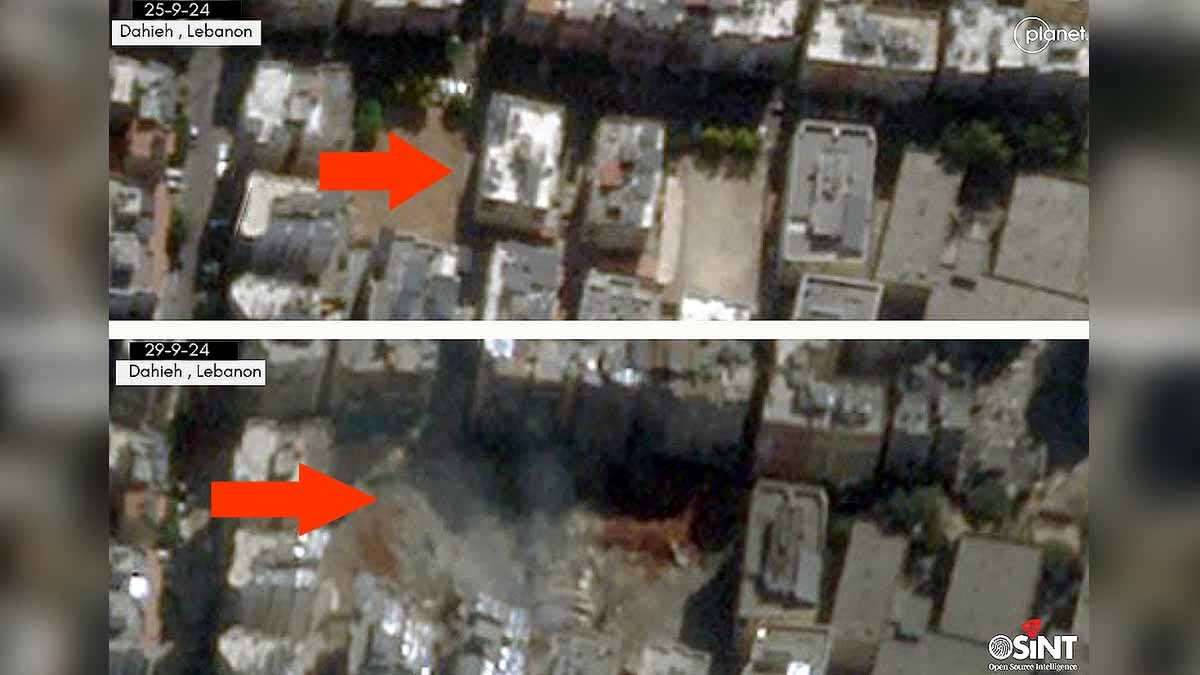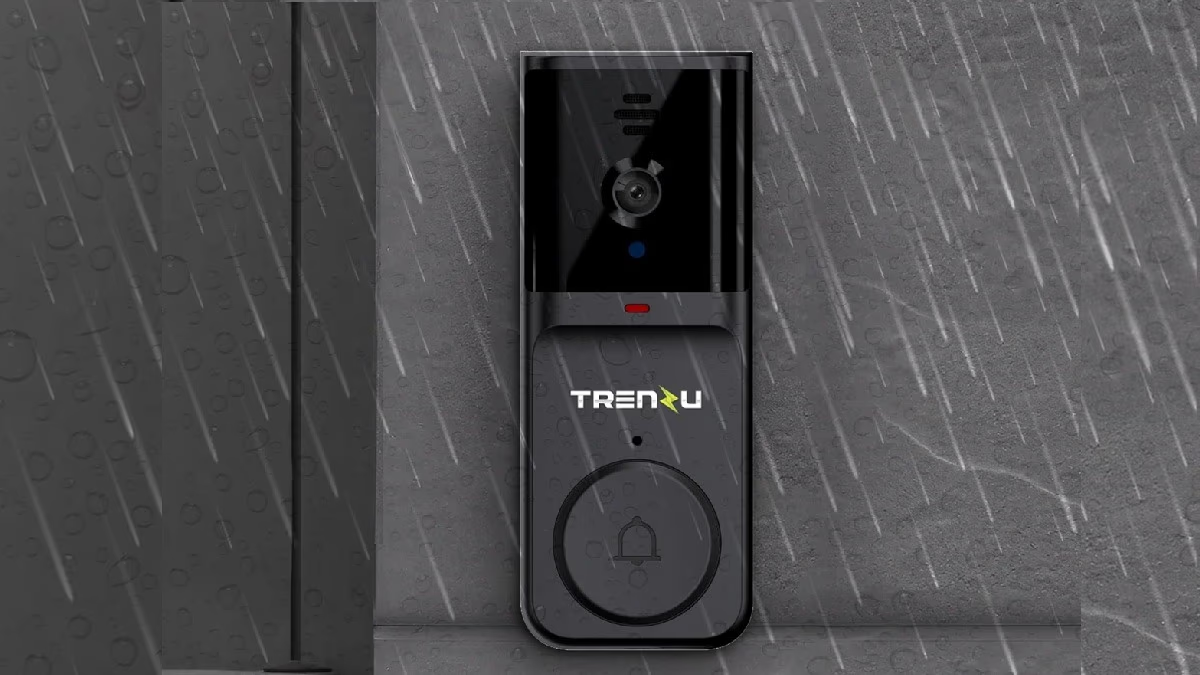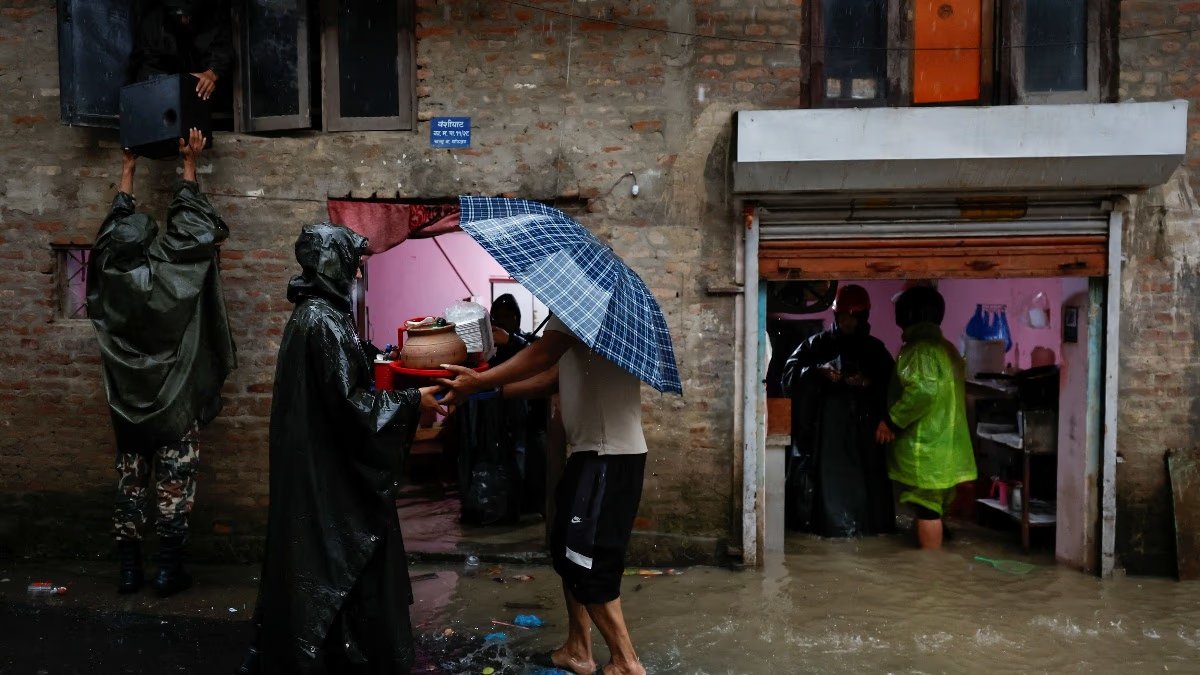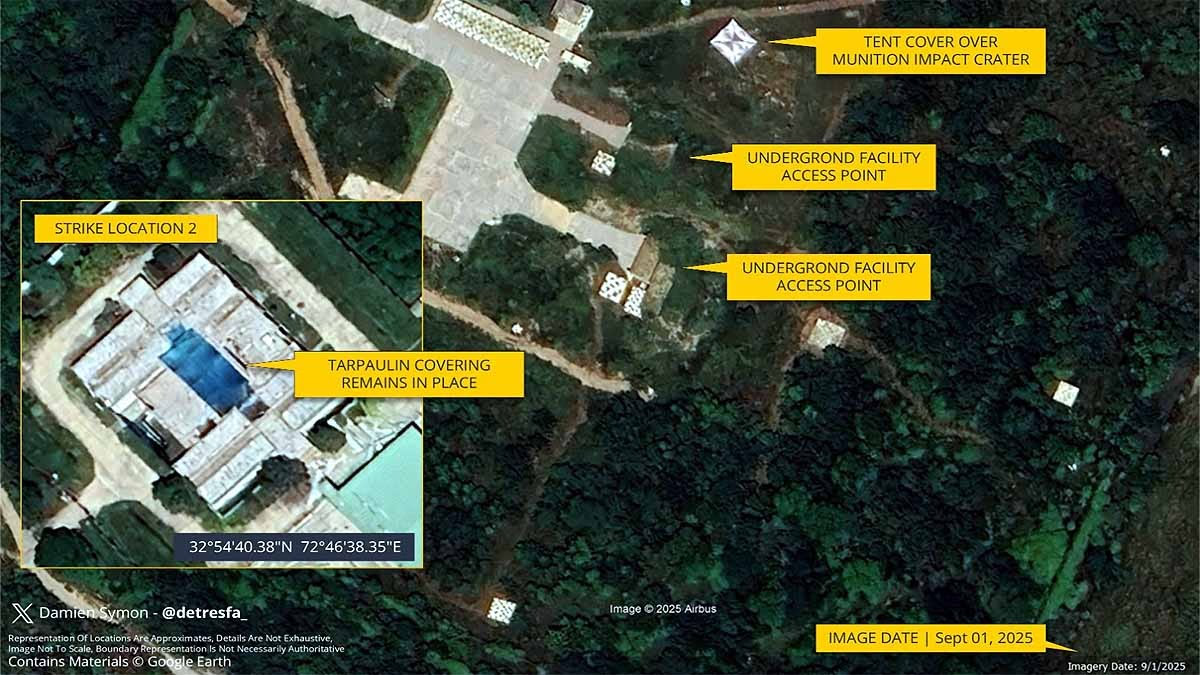The area where Hezbollah leader Hassan Nasrallah met his end was densely populated. Markets, universities, schools, and more surrounded it. Luxurious hotels and international-style restaurants were nearby. Despite this, Israel precisely targeted and demolished the building where Nasrallah was hiding.
The area is called Haret Hreik. Around Nasrallah's hideout, there were numerous cafés, spa centers, and car-cleaning centers. The roads were wide, and no one could imagine that Israel's biggest enemy resided in this part of Beirut.
Read more:
This is the same area where on September 27, Israel carried out an airstrike, killing Hezbollah chief Hassan Nasrallah. Following this, the conditions between Iran-backed terrorist groups and Israel escalated rapidly.
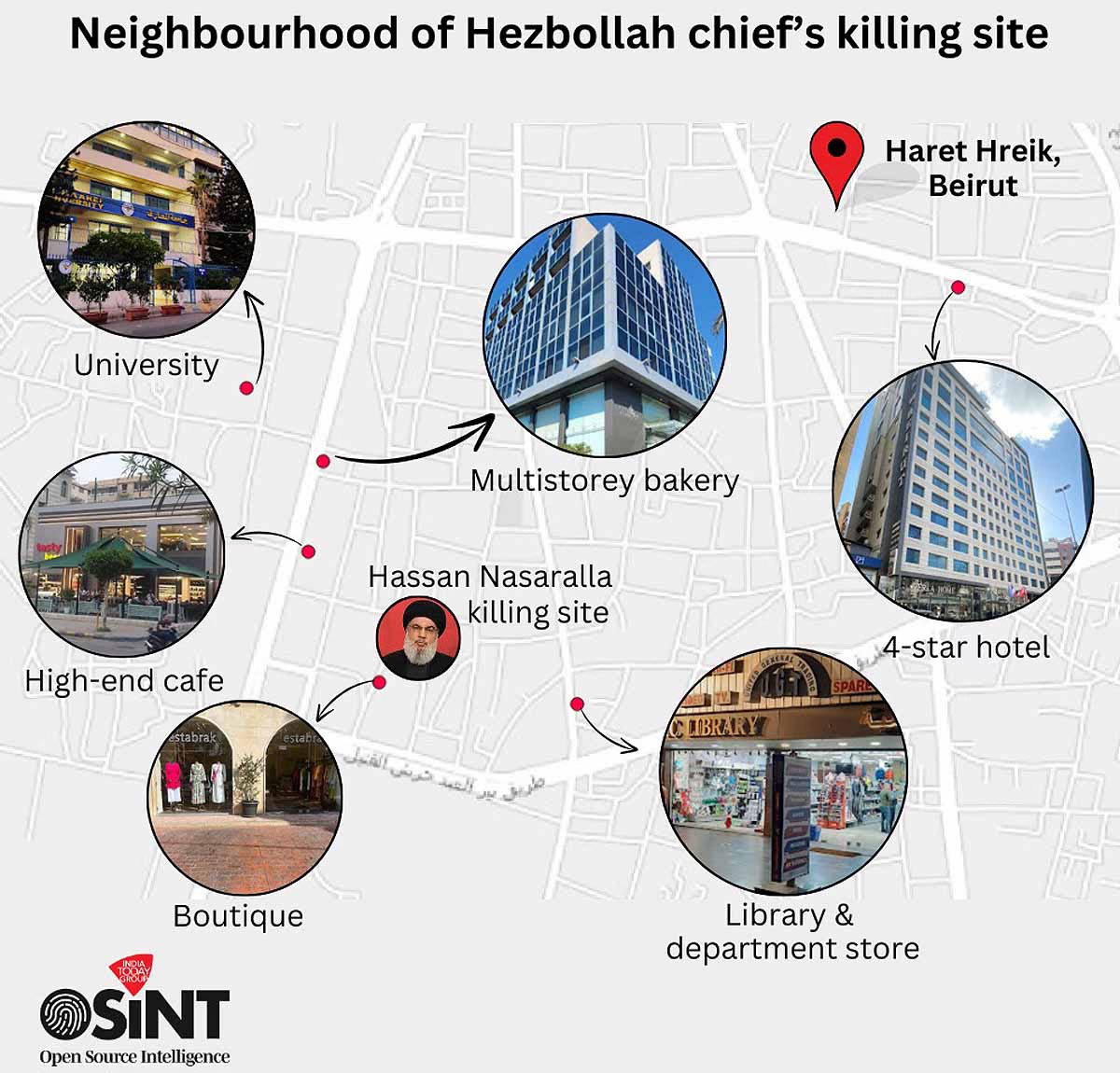
Source: aajtak
Haret Hreik is about 8 kilometers from central Beirut. Previously, it was an old French colony, popular among tourists for its beautiful beaches and extraordinary architectural views. From the outside, Haret Hreik seems like any other neighborhood in Beirut.
Once you enter, a different scene unfolds. People carrying assault rifles, dressed in camouflage uniforms, praising resistance in Arabic. Posters and banners of Hassan Nasrallah in black turbans surround you.
Read more:
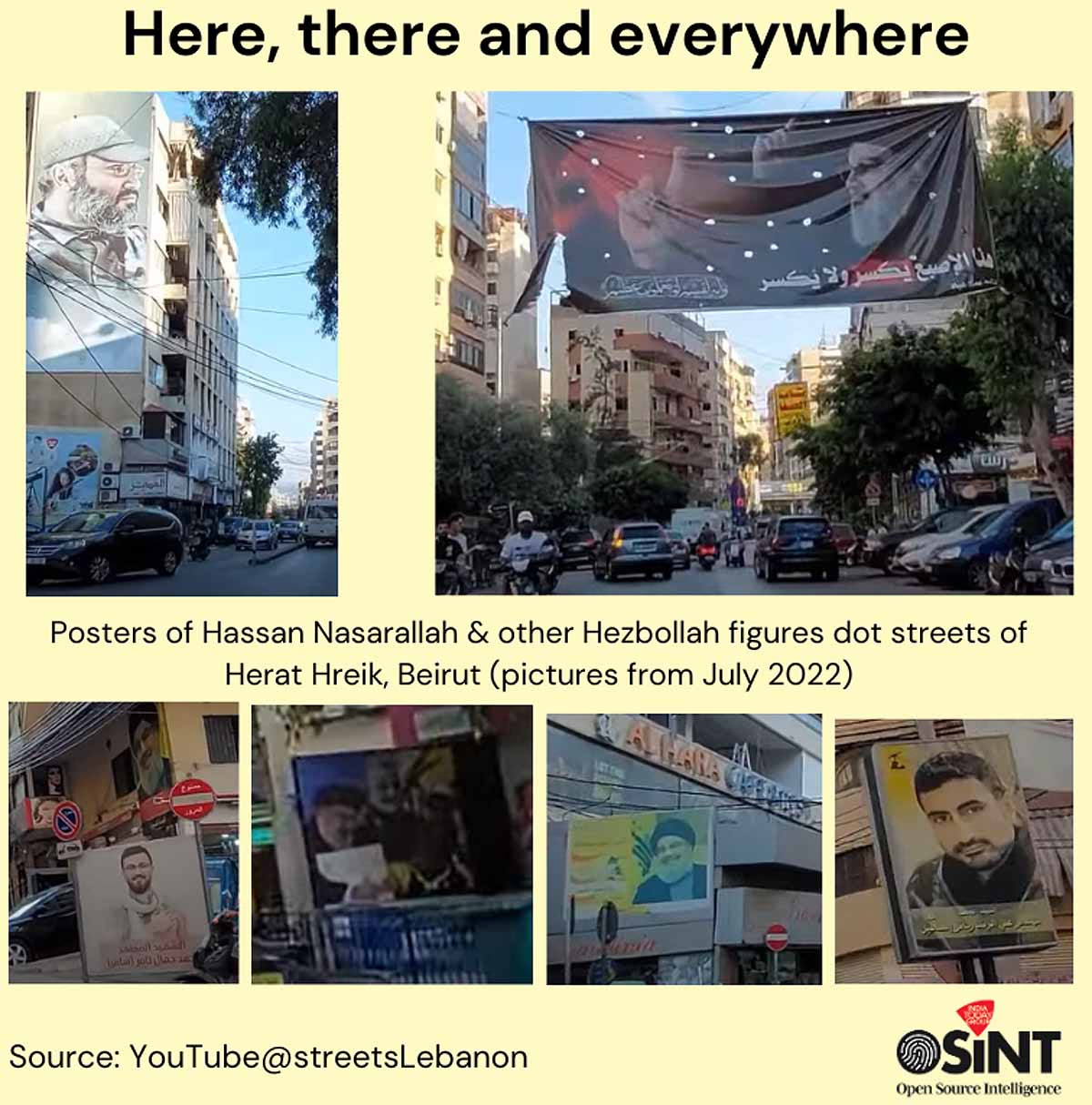
Source: aajtak
Tourists in Haret Hreik cannot find any Hezbollah offices but are not restricted from visiting the Square of Resistance Martyrs near Hadi Hassan Nasrallah Street. Israel and Western nations call this a Shia-majority area, located just 4.5 kilometers from Beirut Airport. Israel had previously carried out airstrikes in this region.
Read more:
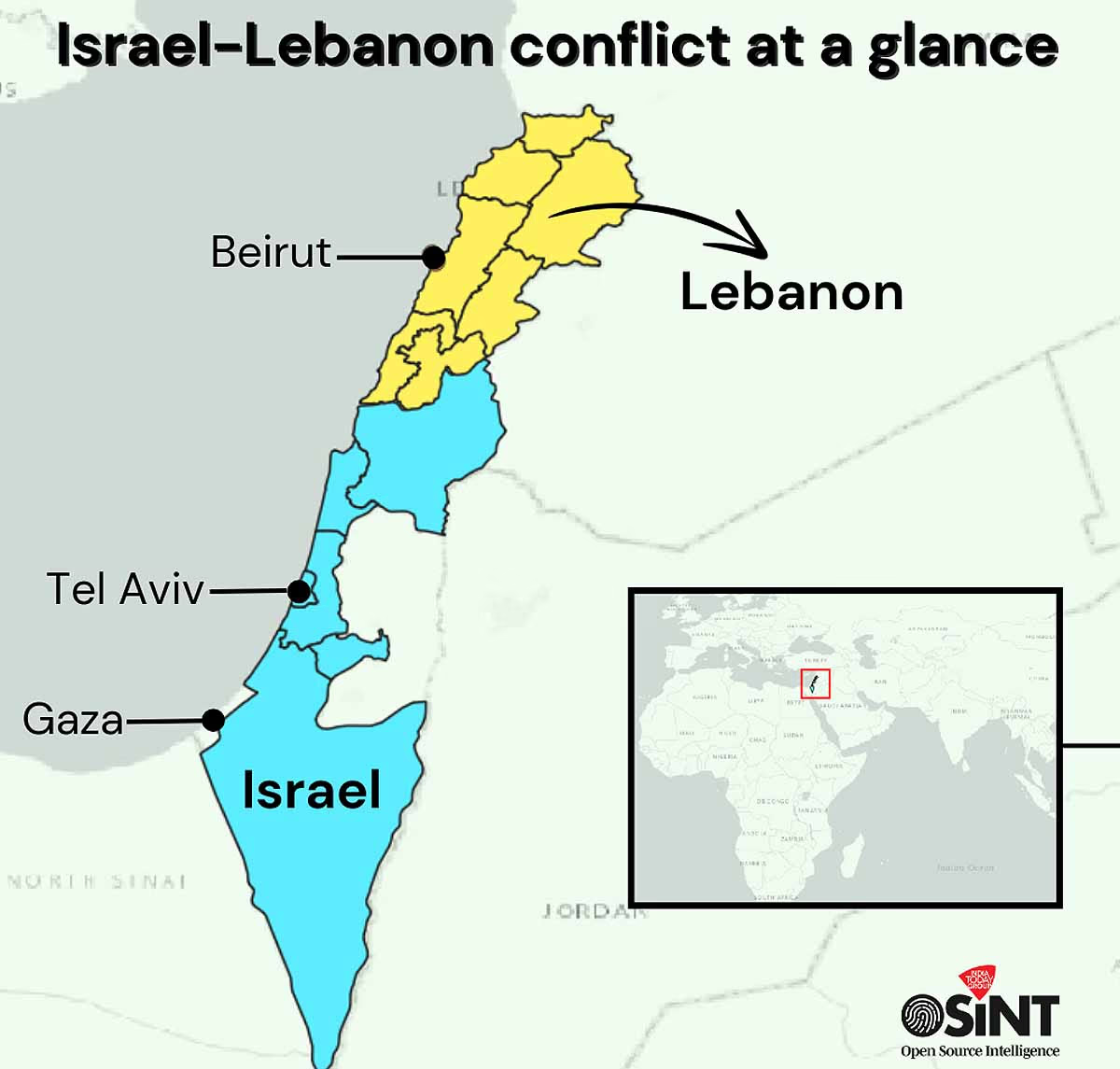
Source: aajtak
Hezbollah was established in 1985 and was described as Lebanon's parallel government—a state within a state. Its fighters carried more dangerous and modern weapons compared to the Lebanese police or army. Members were also present in the Lebanese parliament and even in Syria.
In October 2023, Hezbollah fired low-power rockets into northern Israel to support the Palestinian terrorist organizations. But Israel thwarted their efforts. Thousands were displaced from Gaza. Israel targeted Hamas militants, killing them in their underground hideouts or using bunker-buster bombs to seal their fate in tunnels. Israel had not been properly responding to Lebanon's attacks but then retaliated effectively.
On October 17, Israel injured thousands of Hezbollah fighters, killing many. Unexpectedly, fighters' pagers exploded. The next day, walkie-talkies and other devices blew up. Satellite phones went dead. Hundreds were killed. Then, deadly airstrikes began.
Nasrallah's death is a significant loss for Hezbollah, but they will bear this pain only for a short while. Known for seeking revenge, Iran and its allied terrorist groups may soon openly declare war against Israel.
